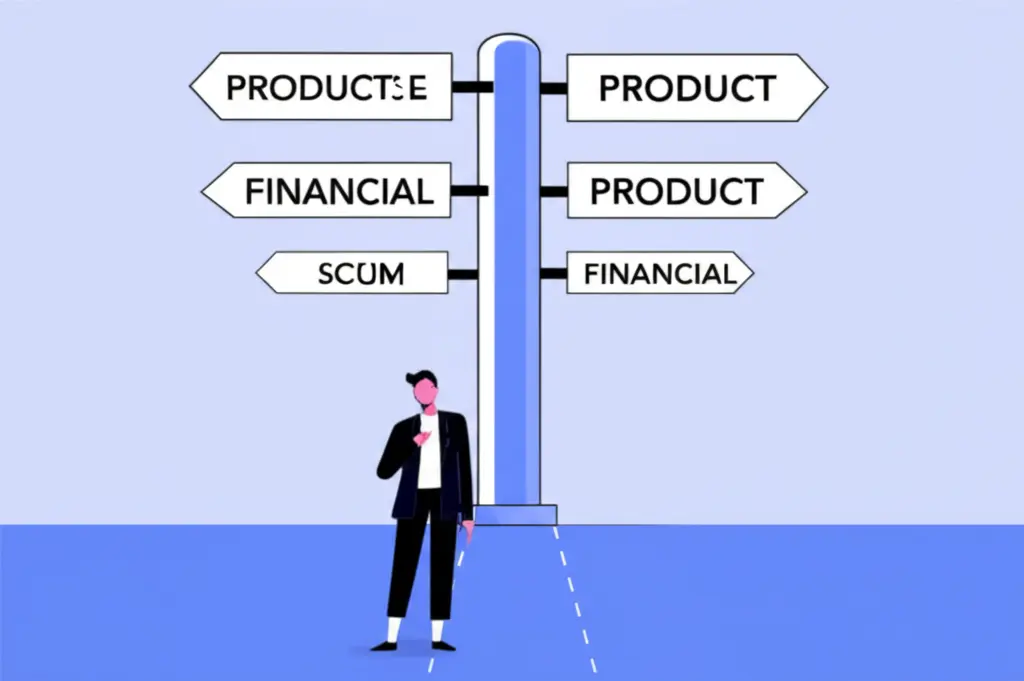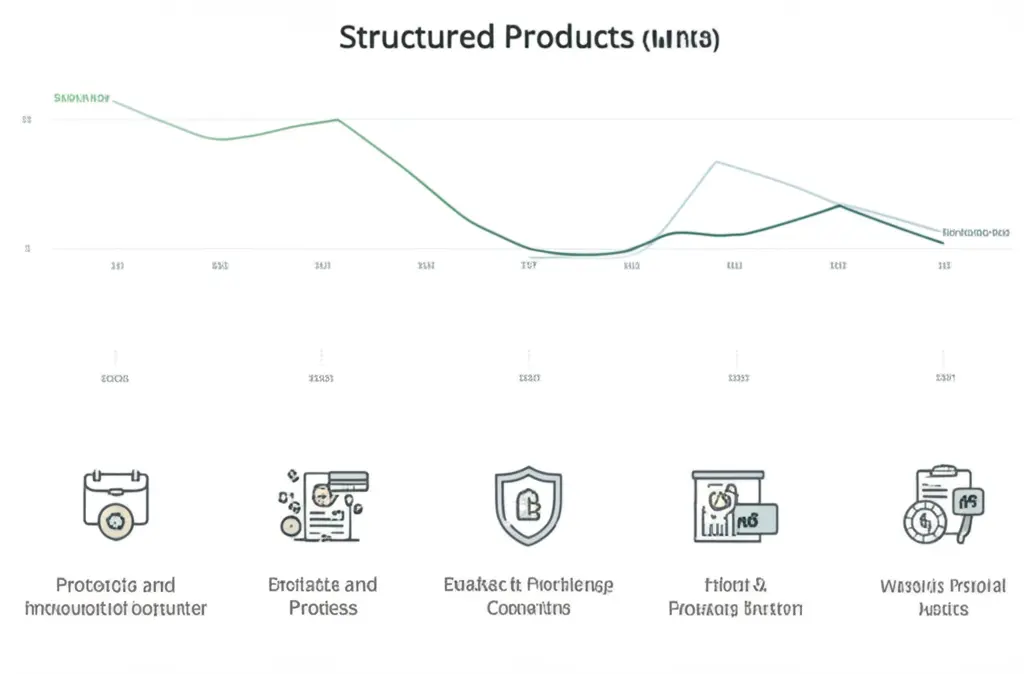Understanding Structured Products: A Beginner’s Guide
Demystifying structured products and their risks and benefits in under 5 minutes.

Hey there, friend! So, you’re curious about structured products, huh? Don't worry, you're not alone. These financial products sound fancy, but let's break them down into something that's more relatable and understandable.
What Are Structured Products?
Structured products are investments that are designed to provide customized exposure to markets. They're a blend of multiple financial instruments like bonds, equities, and derivatives. It might sound like we're stirring up a financial stew here, but the idea is to combine these ingredients for a particular flavor of risk and reward that's not easily achievable with standard investments.
Think of them like a choose-your-own-adventure book where you can select different paths to suit your investment goals or risk appetite. Pretty neat, right?

Why Consider Structured Products?
Structured products can offer unique benefits:
- Capital Protection: Some structured products guarantee a return of your initial investment at maturity.
- Potential Higher Returns: They are designed to perform well in specific market conditions.
- Customization: Tailor-made to fit particular investor needs and goals.
However, these benefits come with their own set of challenges...
The Risks Involved
Nothing's perfect, not even structured products. Here are some of the risks to watch out for:
- Complexity: These products can be difficult to understand thoroughly.
- Market Risk: Returns are often linked to market performance, which can be unpredictable.
- Liquidity Risk: Structured products might not be easy to sell if you need to cash out early.

So, it pays to thoroughly understand what you're getting into before diving into the world of structured products. It's like trying a new recipe; you want to be sure of the ingredients and the cooking process.
Is It Right for You?
Deciding whether to add structured products to your financial portfolio depends on your investment goals and risk tolerance. Here are some questions to ponder:
- Am I comfortable with not fully understanding my investment?
- Do I have other, more liquid investments?
- What is my risk tolerance?
If you're intrigued but still uncertain, it might be worth having a chat with a financial advisor who can help unravel the complexity. They can guide you in making an informed decision that aligns with your financial goals.

Conclusion
Structured products are definitely not a one-size-fits-all solution. They can be a powerful tool in your investment toolkit when used wisely. The key is to do your homework and understand the risks and rewards before you invest. So, what do you think? Are structured products something you're curious to explore further? Let me know your thoughts in the comments below!




